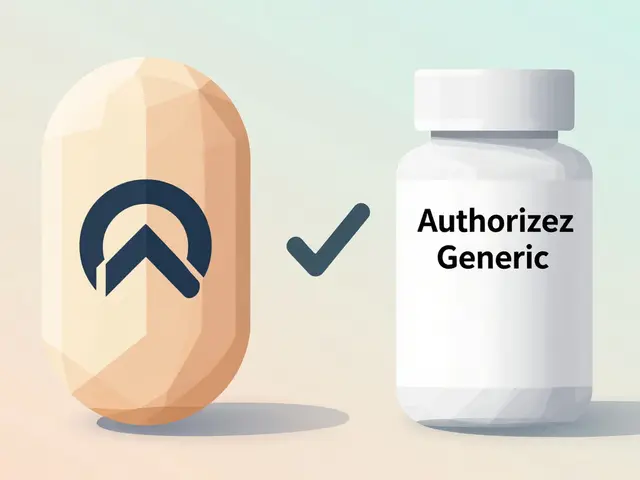Nutrition: Practical Tips, Supplements, and Superfoods
Want simple, real changes to your diet without fads or strict rules? Start with one clear idea: small, consistent swaps beat dramatic overhauls. Swap refined carbs for whole grains, add a fist-sized serving of vegetables to two meals a day, and include a palm-sized portion of protein at each meal. Those three moves alone cut cravings, steady blood sugar, and keep you full longer.
Hydration matters. Aim for plain water first — flavored drinks add sugar fast. If you struggle to drink water, keep a reusable bottle visible and add a slice of lemon or cucumber. Track one week and you’ll see how small habits add up.
Practical Grocery and Meal Tips
Shop the perimeter of the store where fresh foods live. Buy frozen vegetables if fresh prices spike — they keep nutrients and save time. Read labels on packaged foods: look for short ingredient lists and under 5 grams of added sugar per serving. When hungry and short on time, batch-cook a grain (rice, quinoa), roast a tray of mixed veggies, and cook a protein — you’ll have ready meals for several days.
Balance matters more than perfect macros. A simple plate: half vegetables, one-quarter protein (beans, fish, chicken, tofu), one-quarter whole grains or starchy veg. Add a small healthy fat like olive oil or avocado. That combo gives fiber, steady energy, and nutrients without complicated counting.
Supplements and Superfoods — What to Use and When
Supplements can help, but food should come first. Use supplements to fill clear gaps: vitamin D in winter or when you have low lab values, iron if tests show a deficiency, and omega-3s if you rarely eat fatty fish. Don’t take multivitamins as a catch-all — target known needs instead.
Probiotics are worth trying when you want better digestion or after a course of antibiotics. Fermented foods like kefir offer live bacteria and are also tasty. Our article “The Kefir Effect” explains benefits and how to add kefir to yogurt bowls or smoothies for a quick gut boost.
Tamarind is another interesting superfood. It packs tangy flavor plus fiber and antioxidants that support digestion and heart health. If you like bold flavors, small amounts of tamarind paste in marinades or sauces add taste and a nutrition lift. See our tamarind piece for recipe ideas and supplement options.
Watch for common red flags when buying supplements online: vague ingredient lists, huge promises, and no third-party testing. Choose brands that show batch testing or third-party seals. If you’re taking medication, check interactions — some herbs and supplements affect prescription drugs.
Start small: pick one grocery swap and one habit to track this week. Try kefir in your morning smoothie or add an extra vegetable at dinner. After two weeks, add another small change. Nutrition is a long game, and steady, simple steps give the best results.
Omega-6 fatty acids hold the key to unlocking your body's full potential. Through their beneficial impact on your overall health, these invaluable nutrients play a critical part in everything from heart function to brain health. As I've explored this topic, I've discovered that these health benefits extend far beyond what I originally thought. Discover with me how enriching your diet with Omega-6 fatty acids can help you tap into unexplored depths of your bodily potential, and pave a healthy path for your future.
Continue reading...






